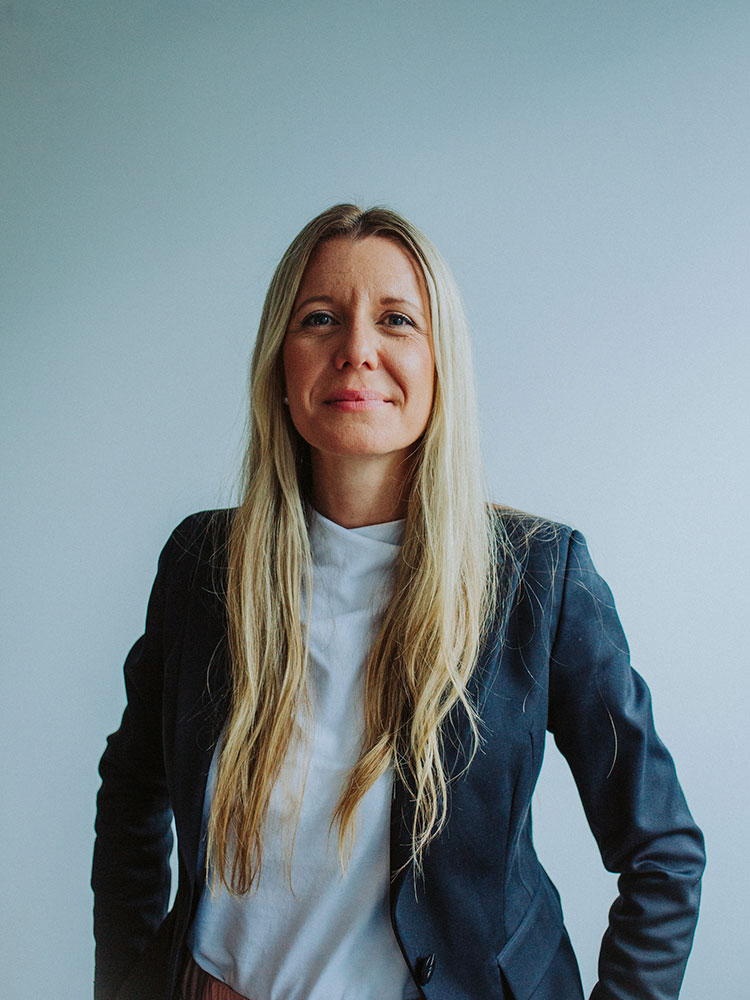As you review your plans for the year ahead do you feel a sense of clarity and confidence? Can you see how everything will work together to help you move the organisation closer to achieving its mission?
Or do you feel daunted by the growing list of things to do, without any real certainty that you will hit your targets?
The role of a marketer in a not-for-profit organisation tends to be a jack of all trades, pulled in many directions, required to deliver more, with less, in an increasingly challenging environment. The urgent overtakes the important and leaves us spending all our time on tactics, whether or not those tactics are effective in moving the organisation closer to fulfilling its mission.
Many organisations are facing aging supporter bases, declining regular giving and weakening brand loyalty. These are not challenges that can be overcome with a mixed bag of tactics and a sprinkling of hope.
To quote Craig Groschel, “You don’t grow just by doing more. You grow by doing more of the right things.” But how do you know what the right things are?
This is where your insights come in.
When tactics are informed by a clear and intentional strategic plan, one that is shaped by real, relevant and accurate data-driven insights, you are positioned to drive effectiveness and maximise the impact not only of your marketing efforts but of the work of the organisation.
So put your tactics aside for the moment and let’s take a look at what insights are driving your strategies.
Across the breadth of an organisation there are dozens of different insights you could pull from various data sources that would all be worth addressing. But with limited time and resources you can only effectively address a relatively small number* in any given year. Part of the skill is in selecting which insights will drive the most change.
Pro Tip: The trick is to put aside all your preconceived ideas and look at the data as objectively as possible. It is not helpful to try to make the data prove what you want it to, or to report in a way that makes you look good – as natural and tempting as that may be!
Not sure where to start? I suggest you start with exploring 3 areas: Your Audiences, Product & Revenue, and Competitors. Aim to draw 1-2 insights from each. These three key areas are foundational to your marketing as they cover who you’re serving, how your supporters behave and where you’re positioned in the market.
Audience Insights
What you’re looking for here is to develop a deep understanding of your audience and what drives their behaviour.
Who is your audience? What do they care about? Why do they give at all? Why do they give to you? What is the context surrounding their giving? What is the place you hold in their heart? How have they changed over the past few years? Will they remain a viable audience for the foreseeable future?
Delve into the data held in your CRM, Social platforms, email and website analytics, and supporter surveys. It can also be helpful to look at external data sources like census data, or publicly available research from organisations like Pew Research Centre or McCrindle, to get a view of broader trends.
In Practice
As mentioned above, many of the organisations are facing an aging database, each year the median age of their donors is going up. Their donors are loyal and may even be increasing how much they each give–hello bequests– but without younger donors joining the ranks, the organisation will eventually fade as the donor’s ability to give declines. This is the insight to address. The temptation is set a strategy to engage younger audiences. But it isn’t really a strategy if it can’t easily be actioned by your team or be measured. How much younger? If a lot younger, how will you shift your brand to engage them without disengaging your loyal, older supporters? An 18 year old has a vastly different view of the world than a 68 year old.
Understanding your audience allows you to create strategies that will both create a great experience for your donors and ensure your organisation remains viable well into the future.
Product & Revenue Insights
Here is where you want a clear view of how you are making money–what are people are giving to? by what method? what is triggering the donation or purchase? When and how often? Are there linked products? And so on.
If you only look at the total income on your P&L you are likely to miss what is actually driving your results. Whether your top line is heading up or down, the whole picture doesn’t in fact give you the whole picture.
In the past 5 years there have been a number of factors that significantly boosted results – COVID years and the war in Ukraine are two common examples. But these are not the norm and will skew your results. In the same way that you can’t rely on bequests, you can’t rely on a war or a global pandemic to see your organisation grow. Instead what you want to know is what are people giving to on a regular day? And how can you get them to give more and more often?
Your CRM or fundraising platform is the best place to source this information. With most transactions recorded digitally there is a lot you can know about your supporter’s giving habits. Exploring reports on acquisition channels, behaviour of new donors vs existing donors, what products / programs donors are giving to, number of donations per donor, median and mode giving amounts, and so on. Comparing results over time to decipher the trends.
In Practice
We recently analysed the giving behaviour of an organisation whose Christmas gift catalogue was their biggest acquisition channel, successfully bringing in thousands of new donors every Christmas. But when we looked at how many of those donors went on to give to other appeals or become a regular giver, the number was small. This charity is essentially running two separate businesses – one that offers a Christmas gift alternative and another that fundraises for their programs. The audiences for each rarely crossed over*. The reason is found in their motivation for giving, the people who are buying charity gift cards for Christmas are doing so out of a desire to promote generosity in a season that has become overrun by stuff. They were less driven by what the money was going to fund.
Side note: We find similar behaviour in peer-to-peer fundraising. While it may be a successful way to attract new contacts, it tends to be quite difficult to transition those people to become repeat or regular donors.
This insight helps make decisions around how best to shape products and promotions to effectively increase giving. It doesn’t necessarily mean that you discontinue these products, but what it does mean is that you need to set strategies based on this insight that will either accept that they are different groups and treat them as such, or plan for how you will move them along the donor journey, understanding that their journey will need to look different to the journey that other donors may need to go through.
Understanding the behaviour and performance of each product or program will enable you to set strategies that will directly impact your results.
Competitor Insights
In the For-Purpose space we’re not keeping an eye on our competitors so we can steal donors, but so we can carve out a unique position in the market–let them be them, and you be you (more on this HERE). If you don’t have a clear view of what your competitors are doing and how they are positioned within the market, how can you know whether or not your brand position is unique?
Furthermore, being aware of any big changes your competitors have made that may influence the expectations of your donors will put you on the front foot to quickly respond or adapt.
In Practice
A good example of this are the changes happening in the child sponsorship space. Save the Children no longer offer the child sponsorship as a way to give, and last year Baptist World Aid changed the way they present the children available for sponsorship to protect the identities of the children. These shifts start to plant questions in the mind of donors that they may not have had previously and will force all organisations offering child sponsorship to either change, or rationalise why they aren’t.
Staying on top of competitor insights prepares you to both respond promptly, and maintain a strong and unique position in the market.
No plan is failproof, no one can predict what the year may hold, all we have is what has happened in the past. But the past can provide valuable insights into how people are likely to behave if we stop to pay attention, because humans actually don’t change all that quickly and our behaviour is often quite predictable.
So what insights will you make into your motivating challenges this year?
Up Next
Learn the 5 Rules for Uncovering More Valuable Insights
* The number of insights you choose to address will vary depending on the size of your organisation and the structure of your teams. I would suggest somewhere around 5 insights, beyond this you start to spread the team too thin. Saying that, if you have quite separate teams across business units (e.g. marketing and fundraising) then you may have the capacity to address more within each unit. Just be careful not to go in different directions (more on this another time).
*There are a lot of factors that I don’t have the space to go into here. This was looking specifically at people whose first gift was through the gift catalogue. People who are already donors behave slightly differently.



